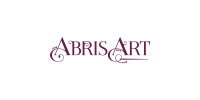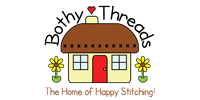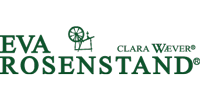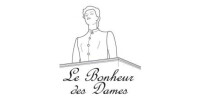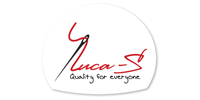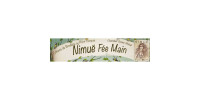Rules for neat cross-stitching
Cross-stitching is a beautiful and engaging form of needlework that can be an excellent hobby and form of artistic expression. However, to achieve a quality result, it is necessary to adhere to several rules. In this text, we will look at the basic rules for neat cross-stitching, which will help you create a beautiful and professional-looking work. Be prepared for the creative process and create works of art that will delight you and your loved ones.
Controlling thread twisting
If the thread is twisted, the stitches will not come out smooth, and your embroidered work will be unattractive. To avoid thread twisting, it is important to regularly check its condition during stitching and flip the needle so that the thread does not twist.
Choosing the right length of working thread
Choosing the right length of working thread is an important aspect of cross-stitching that can significantly affect the quality of your work. If the thread is too long, it can become tangled and knotted during stitching. If the thread is too short, you will have to frequently tie on
New threads, which can lead to an unattractive appearance of your work.
The ideal length of the thread is 50-60 cm
It is usually recommended to use threads that are about 50-60 cm in length. This allows you to stitch on a sufficiently large area of fabric without creating a large number of knots on the back of your work. If you are working with a large pattern and need to use longer threads, try to control their twisting and not tighten them too much to prevent them from becoming too taut.
Consider the complexity of the area being stitched
It is also important to consider that the length of the thread should correspond to the complexity of the area being stitched. For example, if you are stitching a large area with one color, you may need a longer thread to avoid frequently tying on a
New thread. If you are stitching small details, it is better to use shorter threads to have more precise control over your work.
Stitching cross-stitches in sequence
When stitching
cross-stitches, it is important to follow a certain sequence. Usually, all the lower crosses in one direction are stitched first, then the work is flipped and all the upper crosses are stitched in the opposite direction. This helps to create smoother and neater lines, as well as avoid intersections that can occur when stitching crosses in random order. If you are stitching crosses with a separate color in the middle of the work, it is important to first stitch the crosses of that color and then move on to the next color. This allows for more precise control over the placement and shape of each cross and helps avoid mistakes when stitching.
Choosing the right needle size
The correct needle size is also important for achieving even and neat stitches. If the needle is too small, the thread may twist, and if the needle is too large, the stitches may be messy and large. The needle size should match the thread thickness and fabric density.
How to secure threads on fabric
Securing threads on fabric is an important step in cross-stitch embroidery that helps prevent thread shifting during work. There are different methods for securing threads on fabric that can be used depending on the embroiderer's preference.
Using knots
One of the most common methods for securing threads on fabric is using knots. To do this, you need to pass the needle with the thread through the back of the fabric, make a loop and pass the end of the thread through it, then tighten the knot so that it is tight but not too tight. This method can be used if you are embroidering small areas with one color.
Using running stitches
For larger areas where you need to change the thread color, you can use the running stitch method. To do this, pass the needle with the thread through several stitches on the back of the fabric, then pass it through another area and make a small knot to secure the thread. After this, you can start stitching cross-stitches.
By following these simple rules, you will easily and enjoyably create beautiful and professional cross-stitch works that will delight you and your loved ones.
